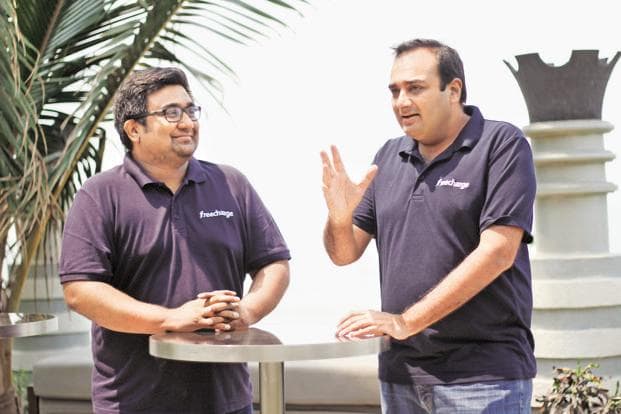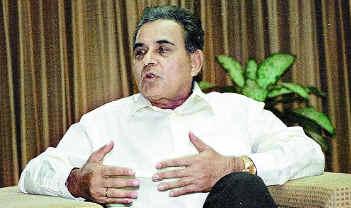
7 Enterprising Lessons from Tandon Group on Tackling Staffing Woes
Before Tandon could become the preferred supplier for IBM’s floppy disk drives, M.L. Tandon had to solve an urgent problem. Finding reliable workers. When M.L. opened Tandon’s first plant in 1978, he faced three significant staffing challenges:
- Indian engineers and workers at the time had no knowledge of the technology standards to manufacture floppy recording heads and drives
- Because the men who typically filled assembly positions in India could find jobs anywhere, they weren’t loyal to one company
- Training this existing labor pool proved costly due to the high turnover and the workers’ lack of experience with international production standards
In a bold move, M.L. Tandon decided to create a skilled workforce from scratch.
“I wouldn’t hire men,” he says. “Women, on the other hand, were an untapped pool of industrial talent. They have a strong work ethic, loyalty and superior manual dexterity for high-precision electronics.” Tandon also recruited high school graduates and dropouts. Since they didn’t have prior experience, they were easier to train and eager to learn higher production standards from the outset.
While today’s startup ecosystem in India is dramatically different from Tandon’s early days, hiring the right talent and staff for your business is still one of the biggest challenges founders face today. Whether you’re recruiting workers or acquiring talent, the people you bring in can make or break your business. To ensure you’re building a solid foundation, consider taking a page from the Tandon Group when it comes to hiring employees.
- Don’t compromise: Like many startup founders, Tandon needed workers fast. M.L. was able to hire the former IBM India employees when he took over the plant after IBM was forced to close in 1977. It would have been fast and easy for Tandon to hire the men who were already filling entry-level assembly positions at the time, but in the long-term, it would’ve cost the company significantly in terms of time, money, energy and morale.
- Search for employees beyond the usual sources: In today’s world, we have no shortage of sources to find people — career portals, job boards, recruiter websites. But you may find the best people where you least expect it. While technology, recruiters and staffing firms make it easier to connect with candidates, be open to the workforce or cultural trends and look for opportunities to tap into different talent pools.
- Hire for trainability, passion, and positivity in addition to skill: Not only were the young women that Tandon hired open and eager to learn, they too valued the opportunity and took pride in their work. During one of Tandon’s annual employee art exhibitions, a female employee displayed a picture of a sick man lying on a cot, surrounded by three starving children and the words “I wish I had a son” (to earn money for the family) on the portrait. She made another picture that showed the same man and children, this time happy and with a platter full of food. The words on her second picture said “I don’t need a son because my daughter works at Tandon.”
- Have a set of cultural values to hire for: Some people are so set in their ways, they won’t get behind your values. So be clear about what your values are so you can evaluate candidates for a cultural fit in addition to their skills and expertise. Respect for individuals was a guiding value that M.L. Tandon took away from IBM and integrated into his own company culture. It was also quite uncommon in India at that time since many of the companies treated workers differently than managers. India also had a reputation for producing poor quality goods. Not in Tandon’s plant though. M.L. saw first-hand how corporate efficiency and flawless quality put IBM at the top of the global market and he wanted that for Tandon too. Instead of the typical “chalta hai” philosophy of “good enough”, M.L. would tell workers “chalta hai, nehi” — chalta hai isn’t okay — whenever he walked the production floor.
- Hire people you like, but who aren’t necessarily like you: Hiring people you like to work with goes along way toward creating the right kind of company culture. But many business owners make the mistake of hiring their clone. When you’re growing a business, keeping conflict to a minimum is a logical instinct. However, hiring people with different but complimentary skills, strengths, perceptions and even personality will be better for your business in the long run.
- Be accessible: For M.L., quality means continuous improvement. He believes the best way to accomplish that is to instill a sense of empowerment and respect at all levels. By instituting an open door policy for any employee and working in collaboration with employees to solve problems together, M.L. has made it clear that everyone at Tandon is important.“I want my workers to feel like Tandon is just as much their company as mine,” he says.
- Foster opportunities for creative and critical thinking: Hire resourceful people who enjoy tackling tricky problems, then give them the opportunity to do so. Critical and creative thinking forces employees and managers to look at situations in different ways, evaluate solutions that may not have been thought of by an individual alone and come up with the best solution. By fostering opportunities for creativity and critical thinking, Tandon has been inventing, innovating and finding solutions to problems since its inception. Encouraging entrepreneurship among its employees and mentoring talent for the future remains Tandon Group’s passion.













